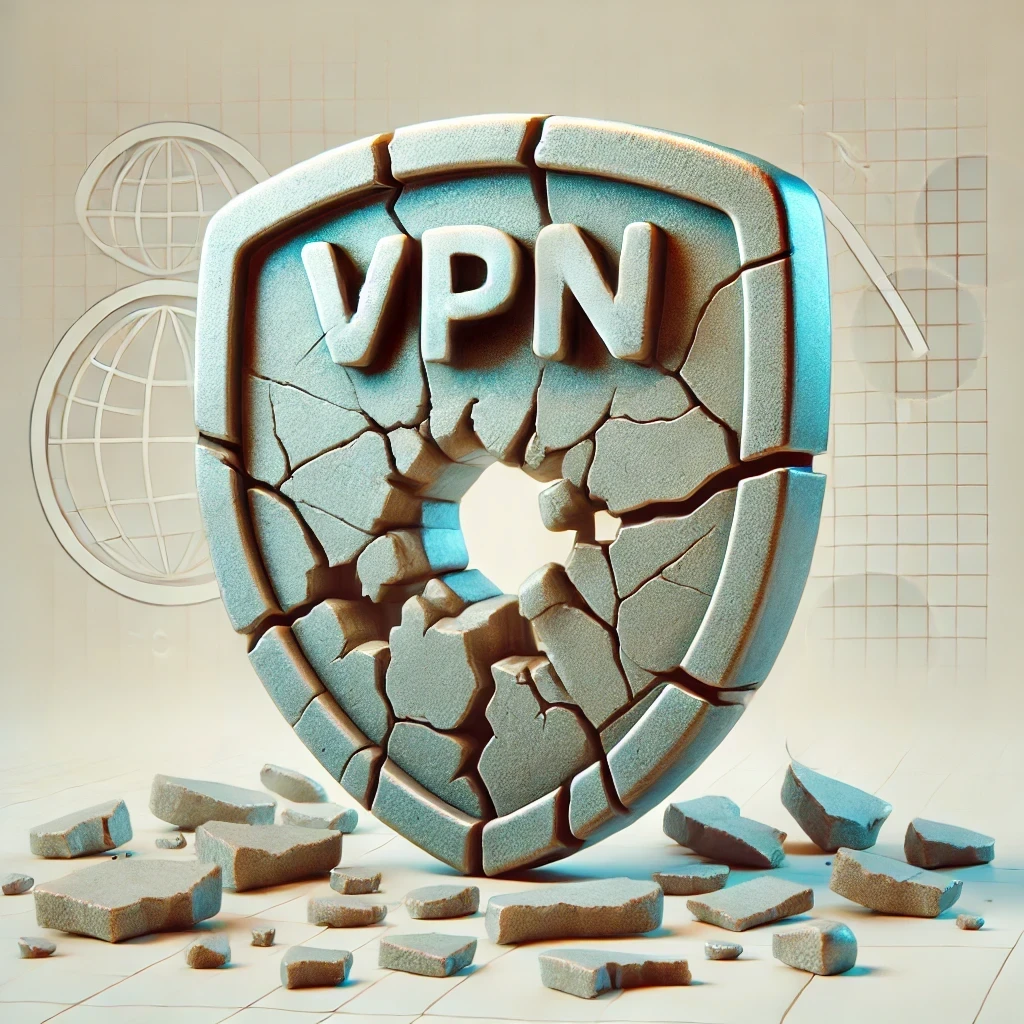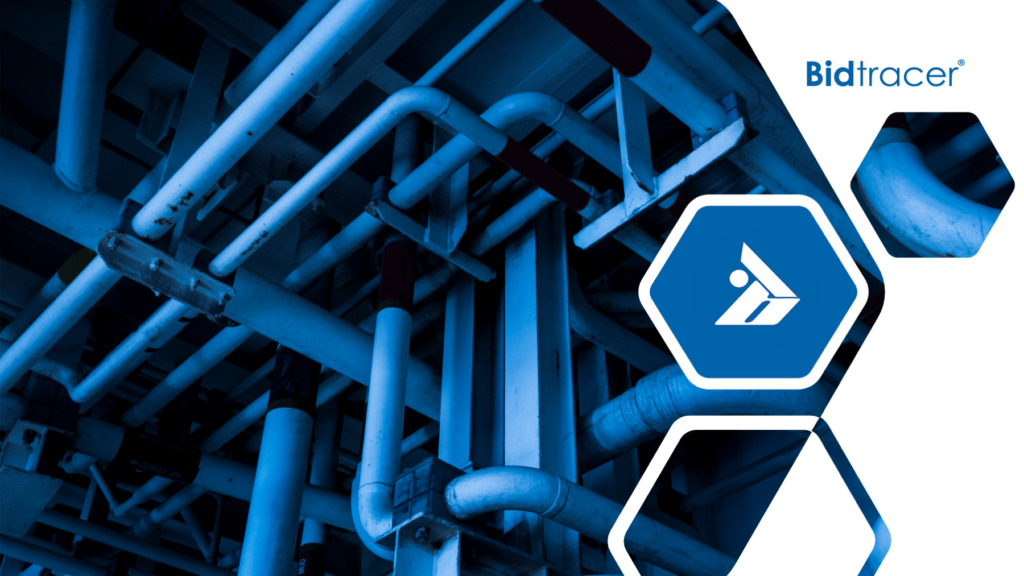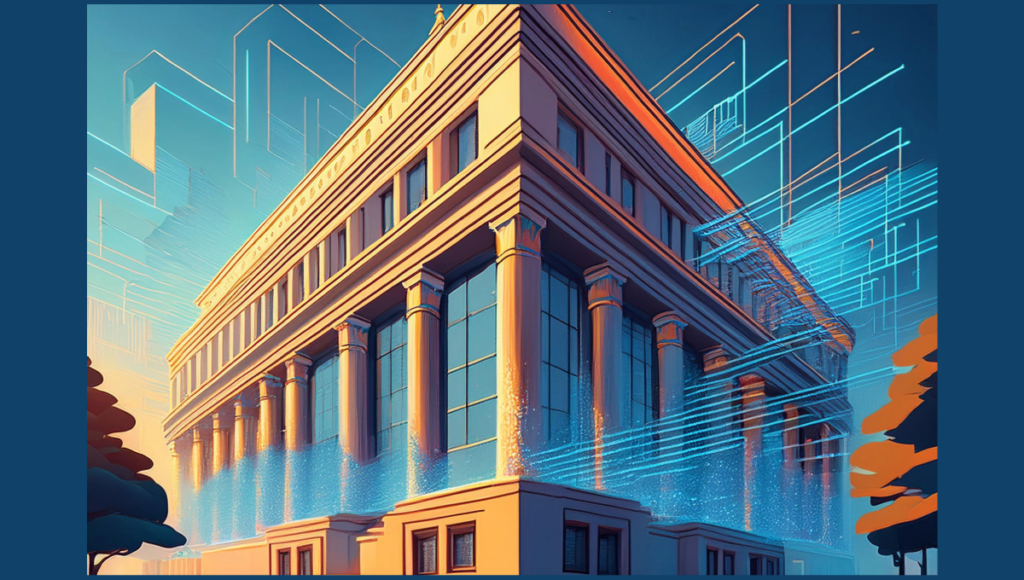Open source is no longer a niche concept. It’s a powerful driver of innovation across all industries. By embracing open collaboration, companies can overcome challenges, reduce costs, and unlock new opportunities for growth. As the Linux Foundation continues to expand its support for open-source communities, we can expect to see even more transformative changes in the years to come. One of the most exciting aspects of this open-source revolution is the cross-pollination of ideas and best practices across different industries. For example, the energy sector is learning from the successes of the telecom industry in adopting open source for grid modernization and the integration of renewable energy sources.











